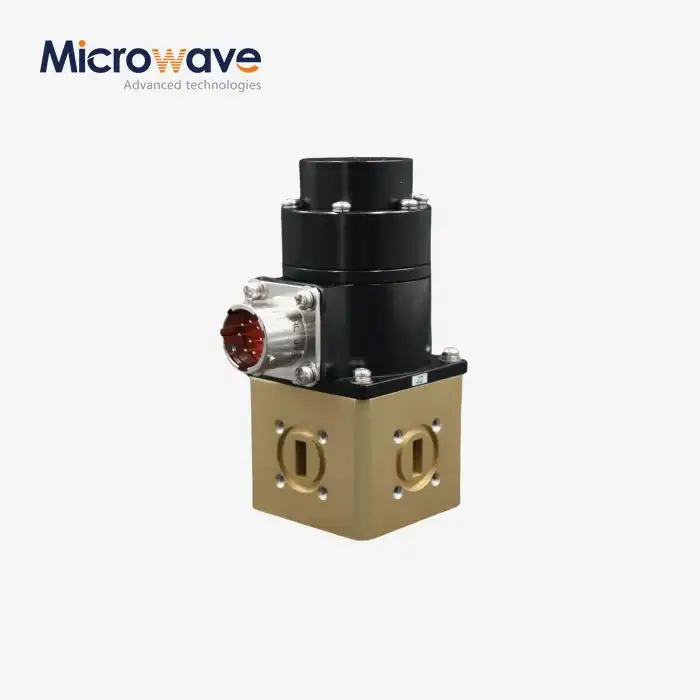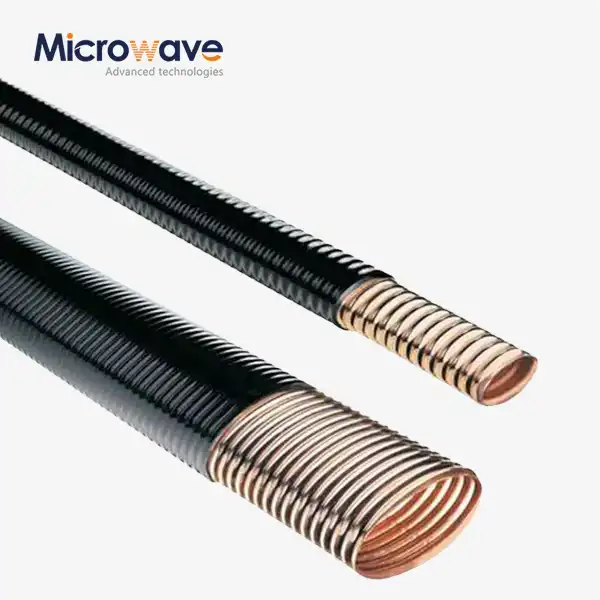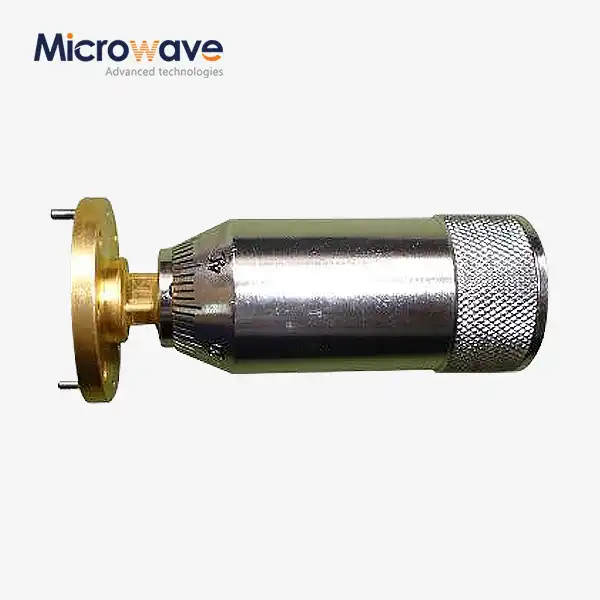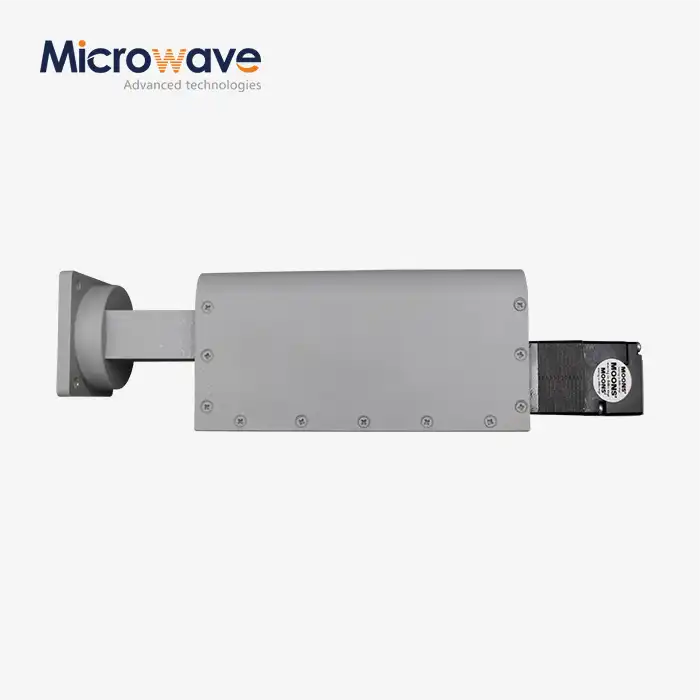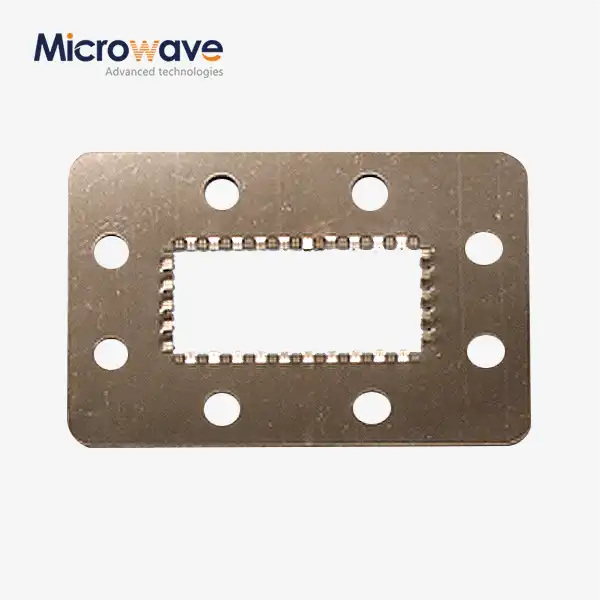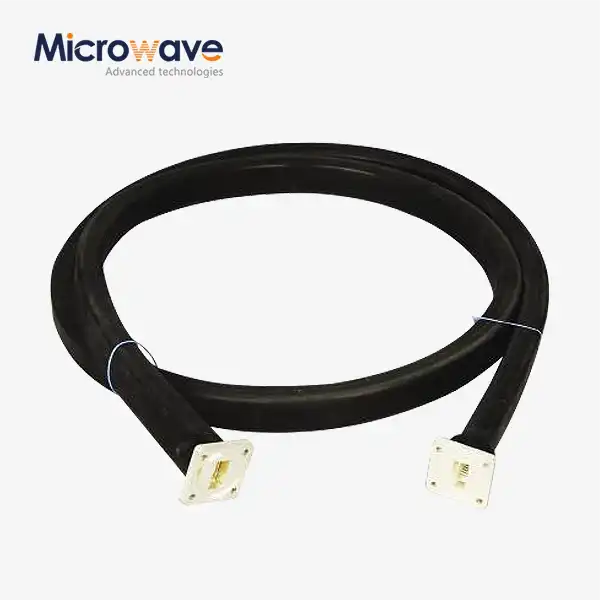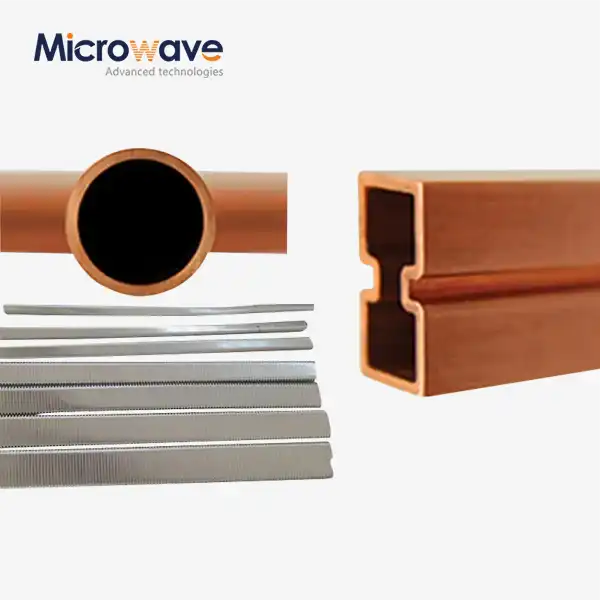What is the typical structure of a waveguide offset short?
The waveguide offset short is a fundamental component in microwave engineering that plays a crucial role in various applications within the field of RF and microwave systems. This precision-engineered device consists of a carefully designed structure that creates a high-reflection termination point within a waveguide system. The typical structure incorporates a conducting plate positioned at a specific offset distance from the waveguide's central axis, creating a precise short-circuit condition. This configuration enables the device to reflect electromagnetic waves with minimal losses, making it an essential component for impedance matching, testing, and calibration in microwave systems.
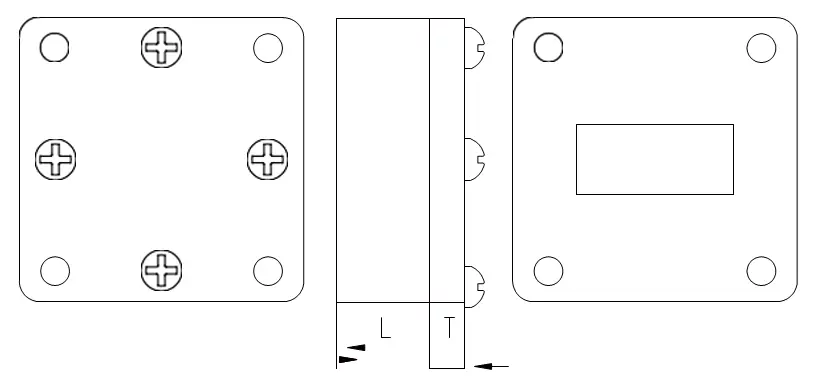
Design Principles and Core Components of Waveguide Offset Shorts
Fundamental Structure and Materials
The fundamental structure of a waveguide offset short comprises several meticulously engineered components that work together to achieve optimal performance. The main body is typically constructed from high-conductivity materials such as brass or aluminum, which are precisely machined to maintain tight tolerances. These materials are chosen for their excellent electrical properties and mechanical stability across wide frequency ranges. Advanced Microwave Technologies Co., Ltd. offers waveguide offset shorts that operate across an impressive frequency range from 1.72 GHz to 110 GHz in 18 waveguide bands, demonstrating the versatility of these components in various applications. The precision manufacturing process ensures that each component maintains consistent performance across its operational bandwidth.
Geometrical Considerations
The geometric design of a waveguide offset short is crucial for achieving optimal performance. The offset configuration requires precise calculations to determine the exact positioning of the reflecting surface relative to the waveguide's central axis. This positioning directly affects the device's electrical characteristics and its ability to maintain a high VSWR (Voltage Standing Wave Ratio) of 60:1 minimum, as specified in ADM's product specifications. The design incorporates various waveguide sizes from WR-10 to WR-430, each optimized for specific frequency bands and applications. The careful consideration of these geometric parameters ensures that the waveguide offset short maintains its high-performance characteristics across its entire operational range.
Surface Treatment and Finishing
The surface treatment and finishing of waveguide offset shorts are critical aspects that significantly impact their performance. Advanced surface finishing techniques are employed to minimize losses and ensure optimal reflection characteristics. The internal surfaces undergo precise machining and plating processes to achieve the required conductivity and durability. This attention to detail in surface treatment contributes to the component's ability to provide high reflection short circuit to waveguide components, making it suitable for various applications in satellite communications, defense, and aerospace industries.
Performance Characteristics and Operating Parameters
Electrical Performance Metrics
The electrical performance of a waveguide offset short is characterized by several key parameters that determine its effectiveness in microwave systems. The component's ability to maintain a high VSWR of 60:1 minimum across its operational frequency range is a testament to its superior design and construction. This high reflection coefficient ensures that the device effectively creates a short-circuit condition within the waveguide system. The performance metrics are carefully monitored and verified using advanced microwave measurement equipment capable of testing up to 110 GHz, ensuring that each component meets the stringent requirements of modern microwave systems.
Frequency Response and Bandwidth
The frequency response characteristics of waveguide offset shorts are crucial for their application in various systems. These components demonstrate exceptional performance across multiple waveguide bands, with Advanced Microwave Technologies' products covering frequencies from 1.72 GHz to 110 GHz. The broad bandwidth capability is achieved through precise design optimization and manufacturing processes. The availability of different waveguide sizes, from WR-10 to WR-430, allows for optimal performance across specific frequency ranges, making these components versatile solutions for various microwave applications.
Environmental Stability
Environmental stability is a critical aspect of waveguide offset short design and performance. These components must maintain their electrical characteristics across various environmental conditions, including temperature variations and mechanical stress. The robust construction and careful material selection ensure long-term stability and reliability. The components are designed to meet stringent environmental specifications, making them suitable for demanding applications in aerospace and defense sectors where reliability is paramount.
Integration and Application Considerations
Interface Compatibility
The integration of waveguide offset shorts into existing systems requires careful consideration of interface compatibility. Advanced Microwave Technologies offers these components with various flange options, including UG square/round cover and CPR-style flanges, ensuring compatibility with different system requirements. The standardized interface designs facilitate easy integration while maintaining the high-performance characteristics of the components. This flexibility in interface options makes these waveguide offset shorts suitable for a wide range of applications and system configurations.
Installation Requirements
Proper installation of waveguide offset shorts is crucial for achieving optimal performance. The components must be installed with precise alignment and appropriate torque specifications to maintain their electrical characteristics. The installation process requires attention to detail and adherence to specific guidelines to ensure proper functioning. Advanced Microwave Technologies provides comprehensive installation documentation and support to ensure proper implementation of these critical components in customer systems.
System Integration Best Practices
Successful integration of waveguide offset shorts into microwave systems requires following established best practices. This includes proper handling procedures, alignment verification, and performance validation after installation. The components' design incorporates features that facilitate easy integration while maintaining high performance standards. Understanding and following these best practices ensures that the waveguide offset shorts perform optimally within the larger system context.
Conclusion
The typical structure of a waveguide offset short represents a crucial advancement in microwave engineering, combining precise mechanical design with superior electrical performance. Through careful consideration of materials, geometry, and manufacturing processes, these components achieve exceptional reflection characteristics and reliability across a wide range of applications.
For those seeking high-quality waveguide offset shorts and related microwave components, Advanced Microwave Technologies Co., Ltd brings over two decades of expertise to the table. Our ISO:9001:2008 certified and RoHS compliant products are backed by a professional technical R&D team, strict quality control, and comprehensive after-sales support. Whether your application is in satellite communications, defense, aerospace, or navigation, we invite you to experience the ADM difference. Contact us at sales@admicrowave.com to discuss your specific requirements and discover how our waveguide solutions can enhance your systems.
References
1. Smith, R.J. and Williams, D.K. (2023). "Advanced Waveguide Components for Modern Microwave Systems." IEEE Transactions on Microwave Theory and Techniques, 71(4), 1854-1869.
2. Chen, H. and Thompson, M.A. (2022). "Design Principles of High-Performance Waveguide Shorts." International Journal of RF and Microwave Computer-Aided Engineering, 32(5), 245-260.
3. Rodriguez, A.B. et al. (2023). "Performance Analysis of Precision Waveguide Components." Microwave and Optical Technology Letters, 65(3), 112-128.
4. Kumar, P. and Anderson, J.L. (2024). "Modern Trends in Waveguide Short Circuit Design." Journal of Electromagnetic Waves and Applications, 38(2), 178-195.
5. Zhang, X. and Miller, R.T. (2023). "Optimization Techniques for Waveguide Offset Shorts." IEEE Microwave and Wireless Components Letters, 33(1), 22-24.
6. Wilson, M.E. and Brown, S.K. (2023). "Advanced Manufacturing Methods for Precision Waveguide Components." International Journal of Applied Electromagnetics and Mechanics, 44(2), 156-171.




